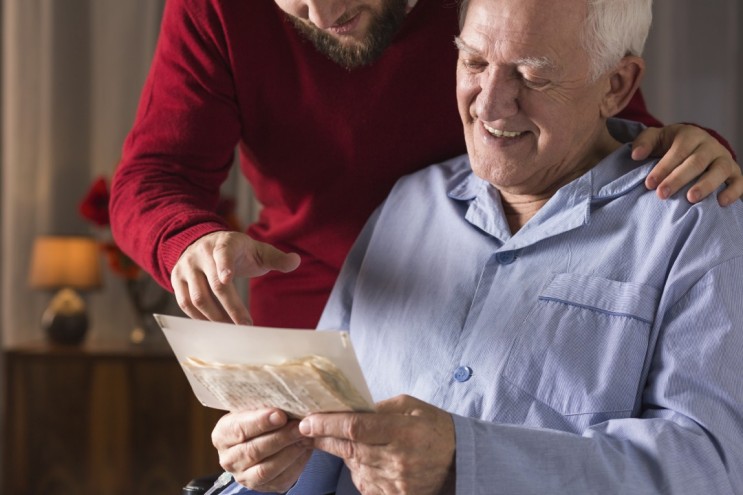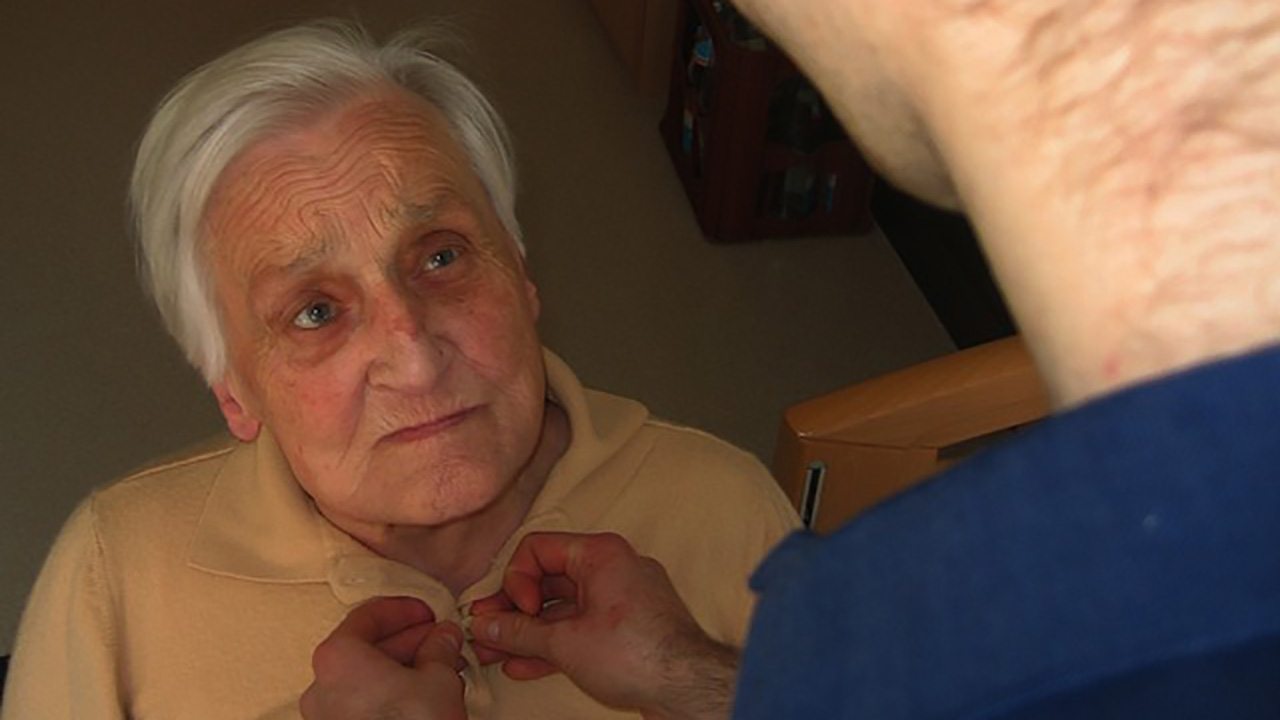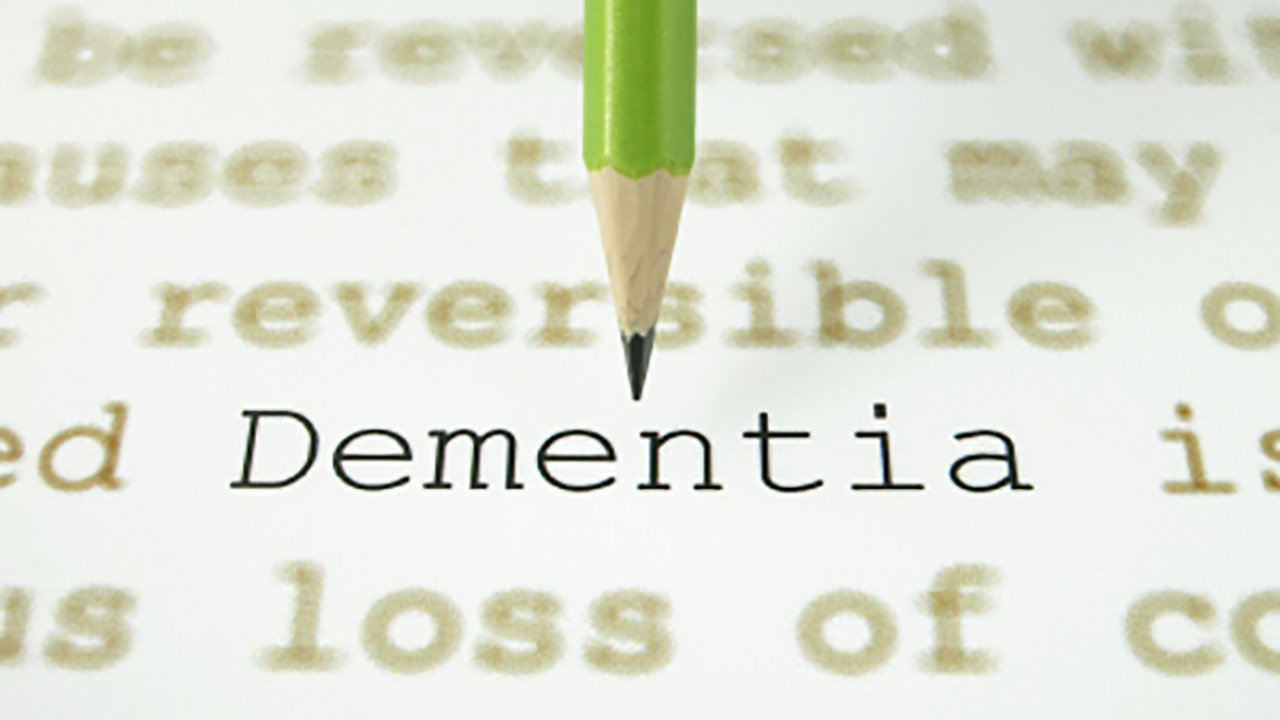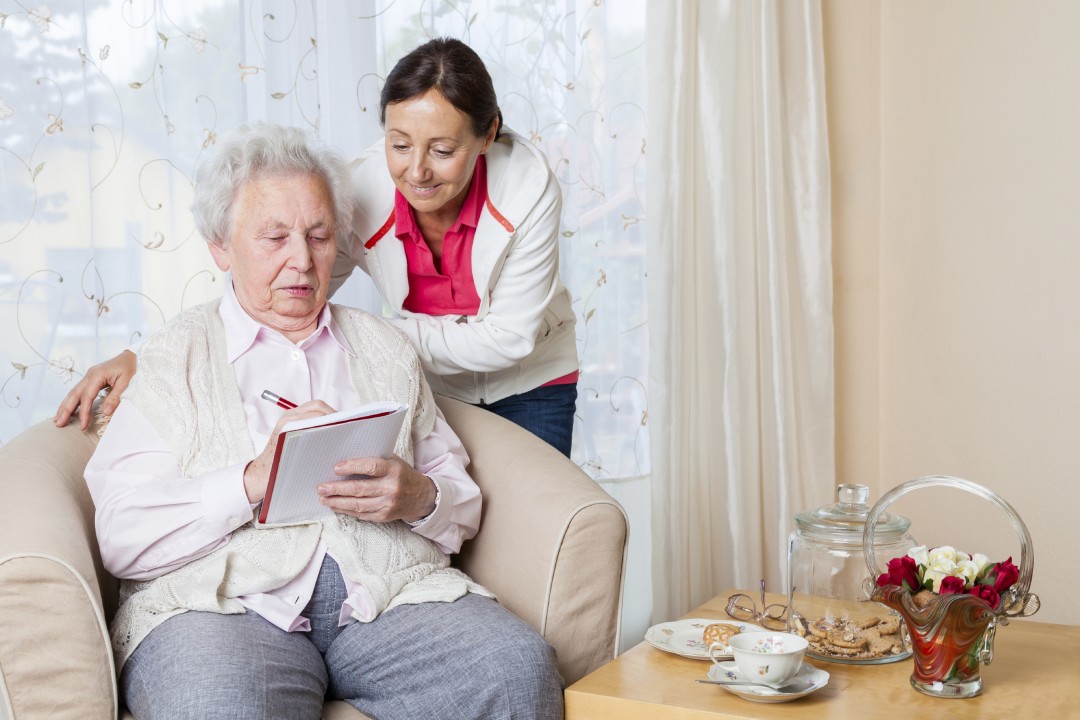Dementia and how pictures can help
For most people, sight is their most critical sense. 50% of all the information comes in the form of pictures arriving into our brain through our eyes. When we develop severe dementia and our ability to get out and about in the real world is limited, pictures can play a vital role in making us feel that we are still engaging with life.
Equally, some pictures can lead to disengagement and withdrawal and some to anxiety or distress. If we are to use pictures successfully with people in the later stages of dementia, we need to understand more.
Family photographs
These are commonly used when people develop dementia. Relatives and carers will often use them to help someone remember past events or people that were important to them. However, the problems of mid to later stages of dementia can create difficulties with the recognition and interpretation of many family photographs. Even a wedding photo can become just another irrelevant image for someone who doesn’t remember getting married. The following is typical of the experience of many family carers.
“In the last two years, my Dad has forgotten everything really. My Mum died in 1995 and he missed her terribly, but now he doesn’t even know he was ever married. His wedding photograph is in his bedroom, but often we’ll find it put away in a drawer.”
Local landmarks
Old street scenes or photographs of local landmarks are used by many care homes. This type of picture can be very effective in creating a talking point between those with earlier stage dementia, as long as memories remain intact and as long as someone can verbalise them.
However, this type of image will be less meaningful to those in the later stages of dementia, who may find the complexity of the images too challenging, or who can no longer remember or verbalize their stories. In the later stages, people need to have a much stronger and more personal emotional connection with an image.
What other pictures have meaning?
If you spent your working life making cheese, or you had a special childhood picture book, a poster of your teenage heart-throb or a favourite music album cover, then it’s likely that these will always be images that have very special and very personal meaning. That meaning won’t be shared by the general population, but may be understood by family or friends. The difficulty lies in knowing what images might have meaning for someone and locating the right quality of image to use.
Bad News Stories
News photography has made events that we have never experienced very real to us and we have grown accustomed to seeing disasters in far distant places unfold before our eyes. War photography, the twin towers falling, a tsunami… a tiny percentage of us actually witnessed any of these terrible events, but through the visual imagery used, we all feel we have a personal connection to these events. Bad news events have become part of our life experience in a way that they never could without photography.
But when we have dementia, an inability to differentiate between a picture and reality and our inability to reappraise effectively our own anxiety and negative emotions about the image, can lead to some seemingly innocent pictures creating distress.
A painting of children paddling can create anxiety in someone with dementia if the water looks too threatening or deep and if there is no adult around to protect them from the possibility of drowning. The emotions that the picture creates can be those that would be felt if this was a real situation unfolding before them and the person with dementia may be unable to understand that it is ‘just a painting’.
Information pictures
Images can help us make our daily life easier. A map of the underground, a computer image of what our new kitchen will look like, road maps we use to get from A to B and diagrams which help us put together flat pack furniture. Informative images can have a deeper personal significance which may still have meaning when someone has severe dementia and we should not ignore this possibility for making connections with them.
A man who worked as a mechanic may enjoy a technical illustration of an engine, a keen hill walker may enjoy looking at ordnance survey maps and a keen amateur dressmaker may well still enjoy looking at sewing patterns.
Shared Culture
In every culture, there are shared images which are recognised by most of the population, such as those of royalty, film stars or politicians, iconic advertising images, or famous packaging designs.
We may well recognise this type of image when we have dementia and they frequently crop up in reminiscence sessions. However, the relevance of these events and people is primarily cultural and not personal. It is not enough for a person with dementia to recognise an advert or packaging from the past; for it to have real meaning for them, it has to have a very particular relevance specific to the emotional memories of the individual; for example, a poster advertising a pop concert which the person actually attended as a star-struck teenager.
Tips for carers of people with dementia
- Think about how art can engage people with and without dementia at an emotional level
- Recognise that dementia interferes with the amazing ability of the brain to understand and interpret two-dimensional pictures
- Find ways to communicate through visual images, which may have particular relevance
Finding out more
The information in this article is covered more fully in a short and highly readable booklet called ‘Too Late to Learn to Drive. Dementia, visual perception and the meaning of pictures.’
Pictures to Share use the results of all the research they have carried out to create illustrated books that successfully engage those with later stage dementia, and help communication with family, friends and carers.
These together with the text book are available from picturestoshare
For further information please visit the Pictures to Share website or email [email protected]
In 2005 Helen Bate established a small social enterprise to investigate the way pictures could be used to help people with dementia. Since then the organisation has become a highly respected and leading authority on using pictures to effectively engage people with dementia who have severe communication difficulties.












